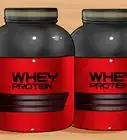This article was co-authored by Landis Owens. Landis Owens is a Personal Trainer and the Owner of Almighty Personal Training Studio in Tempe, Arizona. With over 15 years of experience in the health and fitness industry, Landis specializes in weight loss, nutrition, and core and strength training. Landis received a football scholarship to Mesa Community College where he studied Engineering and Sports and Exercise. He is an ISSA Certified Personal Trainer and also holds certifications in Nutrition, Youth Sports, Injury Stay Free, and CPR. Landis also competes in bodybuilding competitions.
There are 12 references cited in this article, which can be found at the bottom of the page.
This article has been viewed 15,382 times.
Even though people often go on keto to lose weight, don't worry, you can also pack on some weight with this diet if you need to! The easiest way to do it is to determine how much protein you need and then increase your fat intake overall to consume more calories. At the same time, work on strength training to increase your muscle mass and make healthy lifestyle choices such as quitting smoking and getting enough sleep.
Steps
Increasing Your Caloric Intake
-
1Track your calories so you can see how many more you need to gain weight. Use a food-tracking app or a food journal to estimate how many calories you're eating a day. Even on a keto diet, you need to eat more calories than your body needs if you want to gain weight. Tracking your calories will help you see how much more you should be eating.[1]
- If you're not sure how much you're eating of a certain food, measure it! Most people tend to underestimate how much they're eating.
-
2Use a calorie calculator to figure out what your body needs. You've probably heard that most people need 2,000 calories a day. However, how many calories you need really depends on many factors, including your height, your weight, your sex, your age, and your level of activity. Put your numbers into a calorie calculator to estimate what your caloric intake should be. When using the calculator, set it to tell you how many calories you need to gain weight.[2]
- For instance, try this one from the Mayo Clinic: https://www.mayoclinic.org/healthy-lifestyle/weight-loss/in-depth/calorie-calculator/itt-20402304.
- So, for example, the calculator may tell you that you need to eat 2,200 calories a day to gain weight.
Advertisement -
3Aim for 0.8 grams to 1 gram of protein per 1 pound (0.45 kg) of body weight. You don't need extra protein while trying to put on muscles, but you should get a sufficient amount. Typically, you multiply 0.8 by your body weight, so if you weigh 150 pounds (68 kg), you'd eat 0.8 grams times that in pounds to equal 120 grams of protein a day.[3]
- Try proteins like poultry, pork, beef, eggs, and fish.
- While popular myth says you need more protein to build muscle, that's generally not true. Most people get more than enough protein, and in fact, if you get too much protein, your body oxidizes it because it can't use it.[4]
-
4Keep your net carbohydrates under 50 grams a day. While consuming more carbohydrates would help you gain weight, it will also kick you out of ketosis. To stay on the keto diet, you have to keep your carbohydrate intake low.[5]
- As an example, 1 medium banana has 27 grams of carbohydrates. To keep your carbohydrates low, opt for low-carb vegetables like cabbage, mushrooms, tomatoes, eggplant, asparagus, broccoli, avocado, olives, spinach, lettuce, kale, and green bell peppers. Also, stay away from grains and starchy fruits and vegetables for the most part.
- Make sure you're reading labels and looking up foods you're not sure about. Many vegetables have hidden carbohydrates, as do many sauces and condiments.
-
5Determine how many calories you need to eat from fat. Subtract the number of calories you need to get through protein from the number you got from the calorie calculator. For instance, if you need 2,200 calories and you're getting 480 from protein, subtract 480 from 2,200: 2,200-480 = 1720. Also, subtract your carbohydrate calories: 1720-200= 1520. That's how many calories you need to get from fat, as it's what's leftover.[6]
- Increase your fat intake by 30 grams if you don't want to do the calculations. While how much you increase should depend on your current calorie intake and how many calories you need, upping your intake by 30 grams a day will likely be sufficient.[7]
-
6Increase your fat intake as needed to help you gain weight. If you're not getting enough fat in your diet to meet the calories you need, try to increase your intake throughout the day to help you put on pounds. Aim for high-quality fats, such as those in fatty fish like salmon or sardines, olives, avocados, coconut oil, and eggs.[8]
- For instance, add olive oil, avocados, and olives to your salads to help increase your fat intake. You can also add nuts for flavor and fat.
- Don't try to cram it in with foods like cheese, butter, and bacon. While you can eat these on the keto diet, you should still aim for moderation.
-
7Eat more often throughout the day to help increase your calories. If you get too full eating a lot at one time, spread it out. Try eating small, fatty snacks all day long to help increase your overall intake. You can also get some of your calories from liquid, which may help you feel less full.
- For instance, try drinking a milkshake with sugar-free ice cream to get in some of your calories.
- For snacks, try eating a handful of olives, a sliced avocado, or a couple of boiled eggs. You could also pair cream cheese with a low-carb vegetable, such as raw mushrooms or kale chips. Asparagus is also a good low-carb veggie.
Doing Strength Training on Keto
-
1Go easy on training when you begin the diet. As you start out, your body is adjusting to using fuel other than carbohydrates for energy. That's why it's best to slow down a little on your training in the first week or two so that you don't overtax your system.[9]
-
2Pay attention to your electrolytes when starting the diet. Some people have trouble maintaining their electrolyte levels, particularly at first. You need 5,000 to 7,000 milligrams of sodium, including about 2,000 milligrams before you work out. With magnesium, you need 500 milligrams, and with potassium, you need 3,500 to 4,700 milligrams per day.[10]
- Check the electrolyte levels of the foods you're eating. You can get some from green veggies and salt, as well as some from supplements.
-
3Create a consistent strength-training routine throughout the week. Aim for 3 days with heavy training sessions and 2 lighter days. Within those training sessions, make sure you work each muscle group at least twice during the week so that all gain mass equally.[11]
- For instance, have 3 days where you push yourself to your limit for an hour or so and 2 days where you just work out lightly for 30 minutes.
- Strength training exercises include bench presses, pushups, dips, sit ups, squats and lunges, and lifting weights in general.
-
4Continue to increase the weights you use as you get stronger. When you first start strength training, you should begin with light weights so you don't hurt yourself. However, as exercises become easy at those levels, you need to increase them. Try increasing the weights in small increments, such as 5 pounds (2.3 kg), when you notice an exercise isn't costing you as much effort.[12]
- Making your exercise more difficult over time will help you continue to increase your muscle mass and bulk up.
Supporting Weight Gain with Lifestyle Changes
-
1Quit smoking to make it easier to gain weight. While smoking causes a host of health problems, it may also be discouraging weight gain. If you've been looking for a reason to quit, now may be a good time to do it. Talk to your doctor about options like nicotine patches, pills, or gum to help you quit.[13]
- Tell your friends and family you're quitting so they can help you make good choices.
- Work on replacing your smoking habits with other ones. For instance, if you smoke after you eat breakfast, go for a jog instead.
- Consider joining a group for people trying to quit so you have support.
-
2Cut back on your caffeine intake to encourage weight gain. Caffeine may be suppressing your appetite a bit, making it harder to gain weight. In addition, it also may increase how many calories you're burning, so getting off it may slow your metabolism just enough to help you gain.[14]
- If you don't want to quit completely, try cutting back a little at a time. For instance, in the first week, try skipping that third cup of coffee in the day or switching to a drink lower in caffeine.
-
3Work on getting 7-8 hours of sleep per night. No matter what you're trying to do for your health, sleep is essential. It helps you concentrate during the day, and it gives your body a chance to heal and restore itself overnight. If you've been cutting into your sleep, it's time to change up your routine.[15]
- Try setting an alarm for an hour before you need to go to sleep. That way, you can start winding down for bed and actually get under the covers on time.
- Make sure your bedroom is conducive to sleeping. Block out as much light as you can with heavy curtains and use a white noise machine if there are ambient noises you can't get rid of. You might even consider kicking your pets out at night, as they can disturb your rest.
References
- ↑ https://www.insider.com/reasons-keto-diet-is-making-you-gain-weight-2018-6#4-you-are-consuming-too-many-calories-4
- ↑ https://www.insider.com/reasons-keto-diet-is-making-you-gain-weight-2018-6#4-you-are-consuming-too-many-calories-4
- ↑ https://www.youtube.com/watch?v=mk9lFY20aWY&feature=youtu.be&t=507
- ↑ https://www.youtube.com/watch?v=9BV7InDUBNE&feature=youtu.be&t=35
- ↑ https://medium.com/better-humans/how-to-build-muscle-on-the-ketogenic-diet-an-interview-with-luis-villase%C3%B1or-of-ketogains-33ff65155740
- ↑ https://medium.com/better-humans/how-to-build-muscle-on-the-ketogenic-diet-an-interview-with-luis-villase%C3%B1or-of-ketogains-33ff65155740
- ↑ https://www.youtube.com/watch?v=uhVsN2NCr_U&feature=youtu.be&t=178
- ↑ https://medium.com/better-humans/how-to-build-muscle-on-the-ketogenic-diet-an-interview-with-luis-villase%C3%B1or-of-ketogains-33ff65155740
- ↑ https://medium.com/better-humans/how-to-build-muscle-on-the-ketogenic-diet-an-interview-with-luis-villase%C3%B1or-of-ketogains-33ff65155740
- ↑ https://medium.com/better-humans/how-to-build-muscle-on-the-ketogenic-diet-an-interview-with-luis-villase%C3%B1or-of-ketogains-33ff65155740
- ↑ https://www.health.com/fitness/how-to-gain-muscle
- ↑ https://www.health.com/fitness/how-to-gain-muscle
- ↑ https://smokefree.gov/challenges-when-quitting/weight-gain-appetite/dealing-with-weight-gain
- ↑ https://www.mayoclinic.org/healthy-lifestyle/weight-loss/expert-answers/caffeine/faq-20058459
- ↑ https://www.health.com/fitness/how-to-gain-muscle
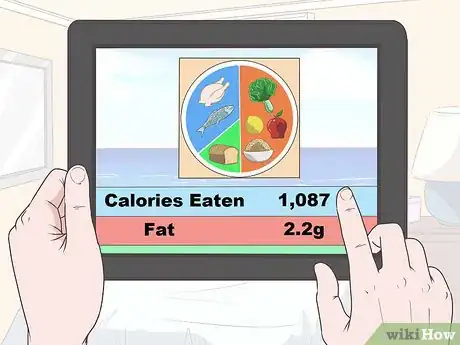
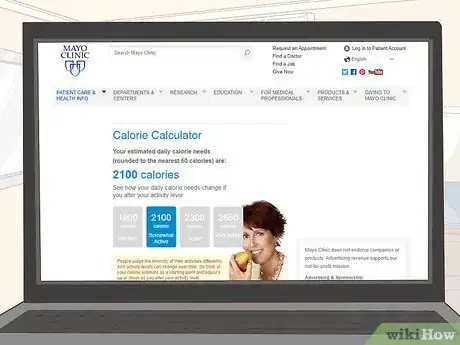
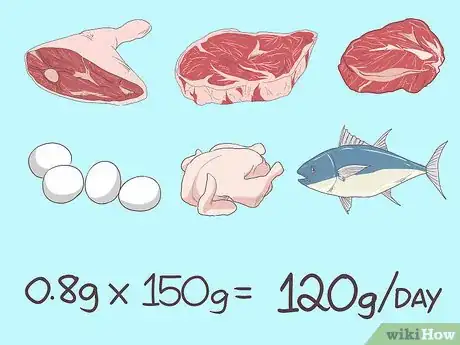
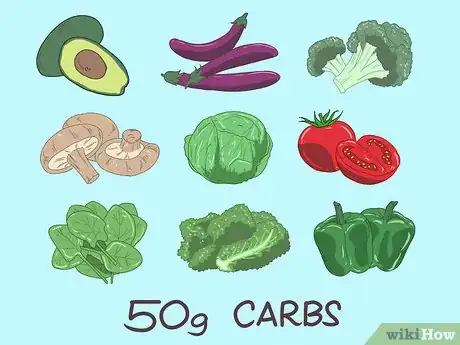
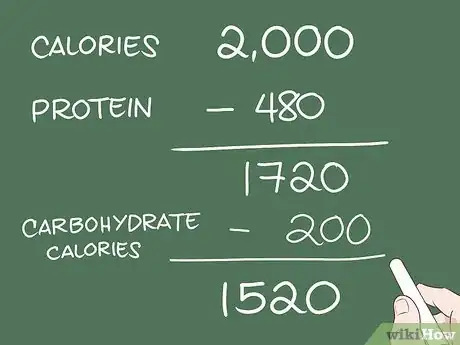
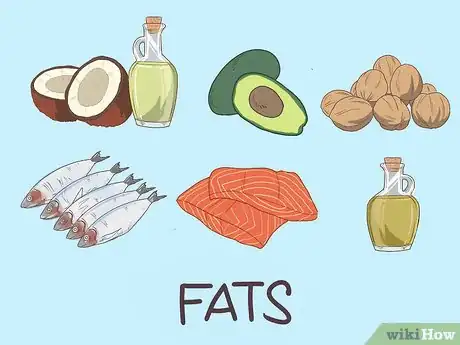
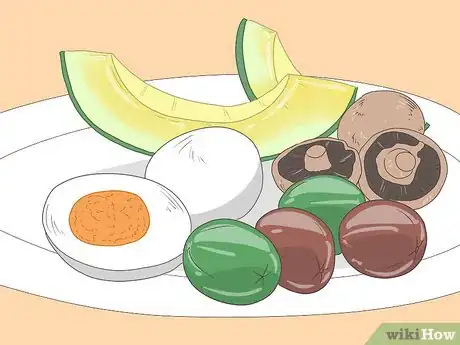

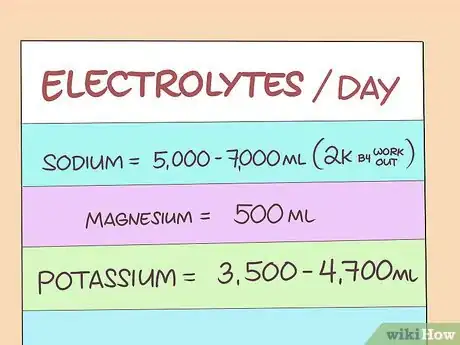
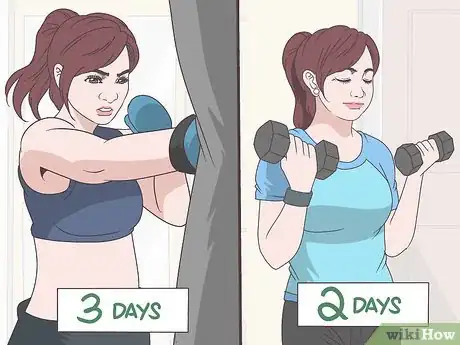
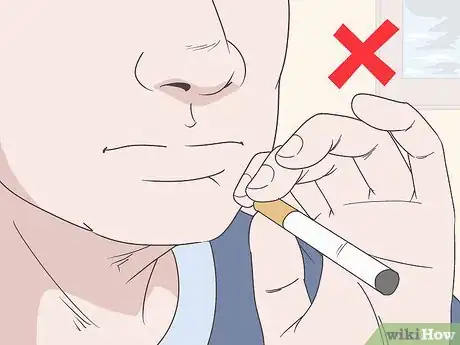


-Step-16-Version-2.webp)
-Step-14.webp)
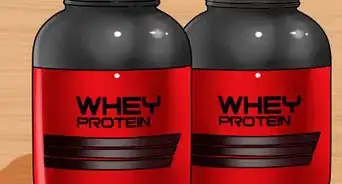

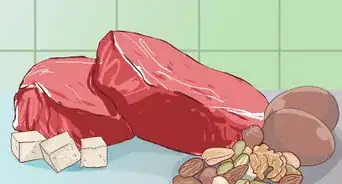

















-Step-16-Version-2.webp)
-Step-14.webp)
